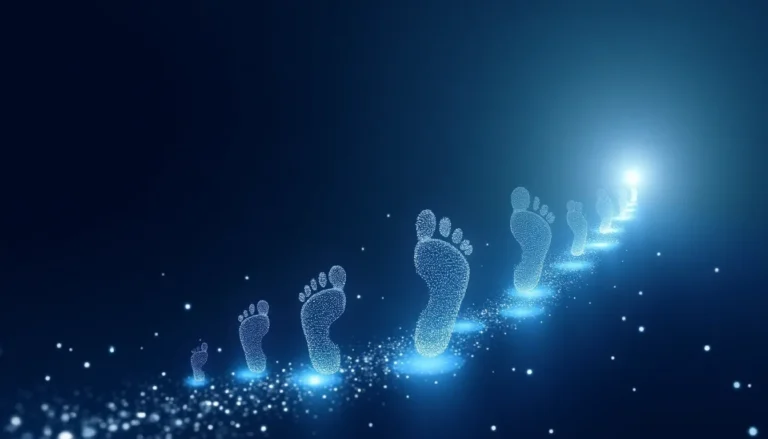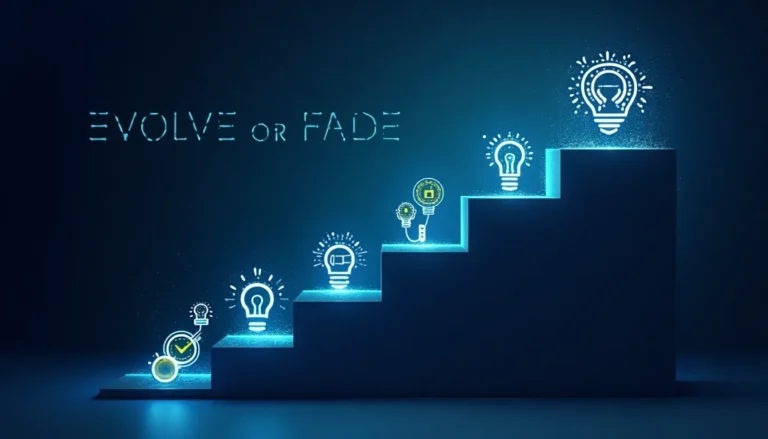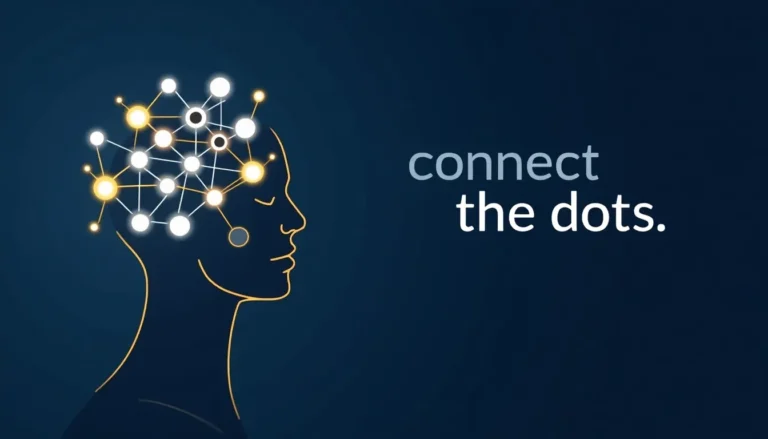The Map Is Not The Territory
We’re obsessed with building AI models that mirror reality.
But models, by definition, are simplifications. They’re maps, not the actual territory.
This fundamental truth about mental models applies equally to artificial ones. When we build AI systems, we’re creating representations – approximations of how things work.
The danger lies in forgetting this.
Every model leaves something out. Has to. That’s what makes it useful.
Google’s language models don’t actually understand language. They model patterns. Incredibly useful patterns, but patterns nonetheless.
ChatGPT doesn’t think. It predicts what words should come next based on what it’s seen before.
The map is valuable precisely because it isn’t the territory. It highlights what matters for a specific purpose while ignoring the rest.
But we forget.
We anthropomorphize AI systems, attributing understanding where there is only correlation. Intelligence where there is pattern matching.
This forgetting has consequences.
When we mistake the map for the territory, we trust too much. Delegate too much. Stop questioning the boundaries of what these systems can actually do.
We need better mental models about our mental models.
Understanding where they break down is as important as understanding where they work.
A weather model helps predict rain, but it isn’t rain.
A language model helps generate text, but it isn’t understanding.
An AI chess engine can beat grandmasters, but it isn’t playing chess the way humans do.
The territory of intelligence – human or artificial – is vast and largely unexplored.
Our maps are getting better. More detailed. More useful.
But they’re still maps.
The moment we forget this, we lose our way.
The real power lies not in pretending our models are perfect representations of reality, but in understanding exactly how and why they aren’t.
Because in those gaps between the map and the territory, that’s where the next breakthroughs hide.
That’s where we’ll find the paths we haven’t walked yet.
The map is not the territory.
And that’s exactly why it’s valuable.



